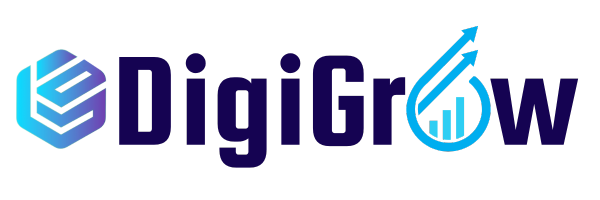The Best Ways to Analyze Digital Marketing Data
Analyze your digital marketing data effectively with key metrics like sales revenue, customer retention, ROAS, and conversion rates to optimize campaign success.

In today's competitive digital landscape, analyzing marketing data effectively is crucial for the success of any campaign. Understanding what works and what doesn't can make the difference between growth and stagnation. Here's a breakdown of the best ways to analyze your digital marketing data using key metrics.
1. Sales Revenue
Sales revenue is the most straightforward metric to evaluate your marketing efforts. It tells you how much money your campaigns generate. By comparing sales revenue before and after a marketing campaign, you can directly measure the impact of your strategies. A consistent increase in sales indicates that your marketing is on the right track. However, a drop or stagnant revenue signals the need for adjustments.
2. Customer Retention Rate
Customer retention rate measures how well you keep your customers coming back. Retaining customers is often more cost-effective than acquiring new ones, and a high retention rate suggests that your marketing efforts are resonating with your audience. Analyzing customer retention data helps you identify which strategies foster loyalty and where improvements are needed. Personalized content, excellent customer service, and loyalty programs can all contribute to higher retention.
3. Social Media Engagement
Social media engagement tracks how actively your audience interacts with your content on platforms like Facebook, Instagram, Twitter, and LinkedIn. Likes, shares, comments, and direct messages are all indicators of engagement. Analyzing this data helps you understand your audience’s preferences, the type of content they find valuable, and the best times to post. High engagement rates indicate that your content is resonating with your audience, while low engagement may require a shift in strategy.
4. Cost Per Click (CPC)
Cost per click is a vital metric in paid advertising. It measures how much you pay each time someone clicks on your ad. By analyzing CPC, you can assess the efficiency of your ad spending. A high CPC may indicate that your ads are not well-targeted or that you’re in a competitive market. Optimizing your ads to lower CPC while maintaining or increasing click-through rates is key to a successful digital marketing campaign.
5. Site Traffic
Monitoring site traffic provides insights into the number of visitors your website attracts. It’s important to analyze both the quantity and quality of traffic. Are visitors staying on your site? Are they exploring multiple pages? High traffic with low engagement might suggest that your website needs better content, design, or user experience. Conversely, a steady stream of engaged visitors indicates that your digital marketing efforts are driving quality traffic.
6. ROAS (Return on Advertising Spend)
ROAS measures the effectiveness of your advertising campaigns by comparing the revenue generated to the amount spent on ads. A high ROAS indicates that your ads are generating a strong return, while a low ROAS suggests that adjustments are needed. By analyzing ROAS across different channels, you can identify which platforms deliver the best results and allocate your budget accordingly.
7. Conversion Rates
Conversion rates track the percentage of visitors who complete a desired action, such as making a purchase, signing up for a newsletter, or filling out a contact form. High conversion rates indicate that your marketing efforts are effectively persuading users to take action. Analyzing conversion data helps you identify which aspects of your marketing funnel are working and which need improvement.
Conclusion
Analyzing digital marketing data is essential for optimizing your campaigns and driving business success. By focusing on metrics like sales revenue, customer retention, social media engagement, CPC, site traffic, ROAS, and conversion rates, you can gain valuable insights into your marketing performance. Regularly reviewing and adjusting your strategies based on this data will help you stay ahead in the ever-evolving digital marketing landscape.
Tags:
What's Your Reaction?
 Like
0
Like
0
 Dislike
0
Dislike
0
 Love
0
Love
0
 Funny
0
Funny
0
 Angry
0
Angry
0
 Sad
0
Sad
0
 Wow
0
Wow
0
























































